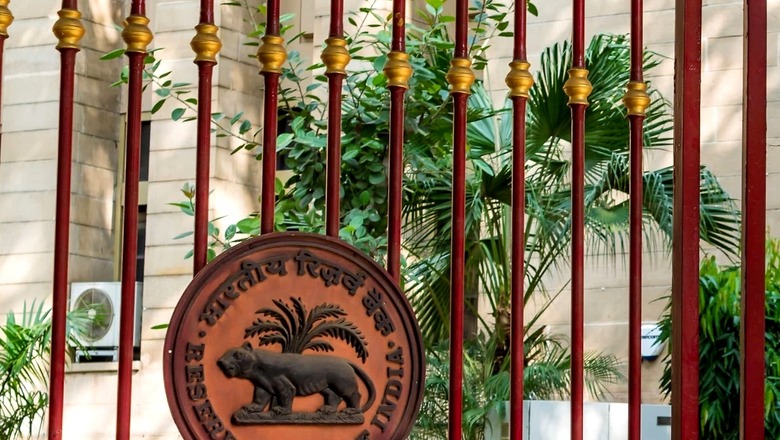
views
Financial conditions now are tighter than last decade’s average and these conditions are expected to tighten further as central banks continue to raise rates, the Reserve Bank of India (RBI) keeps the pedal on excess liquidity absorption and there is a faster transmission of rate hikes to the broader market segments, according to a Crisil report.
“Tighter financial conditions may not restrict growth for now, as policy rate hikes act with a lag. But, their impact would largely be felt from the last quarter of this fiscal,” rating agency Crisil said in the report.
The Crisil’s Financial Conditions Index (FCI), on which the report is based, indicates towards a tightening trend in domestic financial conditions since October 2021. Moreover, the FCI turned negative in 2022, implying financial conditions have become tighter than the long-term average observed since 2010.
The FCI is a summary indicator that combines 15 parameters reflecting domestic policy conditions, movements in money, debt, equity and foreign exchange markets, and credit conditions in the broader economy. A lower FCI value indicates tighter financial conditions, and vice versa.
It added that the FCI is still within one standard deviation of the decadal average, beyond which it starts becoming a matter of concern. “The tightening, which began in late 2021, can be explained by the RBI moving towards normalising monetary policy (by halting bond buying and withdrawing excess liquidity), along with the Fed’s monetary tightening actions (which began with tapering its quantitative easing programme in November).”
The RBI’s Monetary Policy Committee (MPC) has hiked the key repo rate thrice in its past three policy review meetings. It began raising the repo rate in May 2022 and has cumulatively hiked it by 140 bps until August. The repo rate stands at 5.40 per cent currently, 25 bps above the pre-pandemic level of 5.15 per cent in February 2020.
It also said tightening gained momentum with the Russia-Ukraine war in February. Risk-off sentiment spread, commodity prices and inflation surged globally, and central banks brought forward their rate hike cycle.
The report also said, “Global headwinds softened a bit as commodity prices came off post-war highs. Yet, they continue to impart volatility to domestic conditions. Though growing concerns of recession in the US made markets expect that the Fed would go slow on monetary policy tightening, the Fed Chair has reaffirmed in August the need for aggressive rate hikes to fight elevated inflation.”
Even before the rate hikes, the RBI has been reducing excess liquidity since 2021. It began increasing absorption of liquidity under variable rate reverse repo operations (VRRRs) since August 2021, followed by open market sales of G-secs from November. In April, the floor of the policy corridor was raised by replacing reverse repo rate with the standing deposit facility (SDF).
India’s gross GDP rose 13.5 per cent in the June 2022 quarter (Q1FY23) as compared with the 20.1 per cent growth registered in Q1 2021-22. During April-June 2022, the country’s gross value added (GVA), which is GDP minus net product taxes and reflects growth in supply, grew 12.7 per cent.
Read all the Latest Business News and Breaking News here



















Comments
0 comment